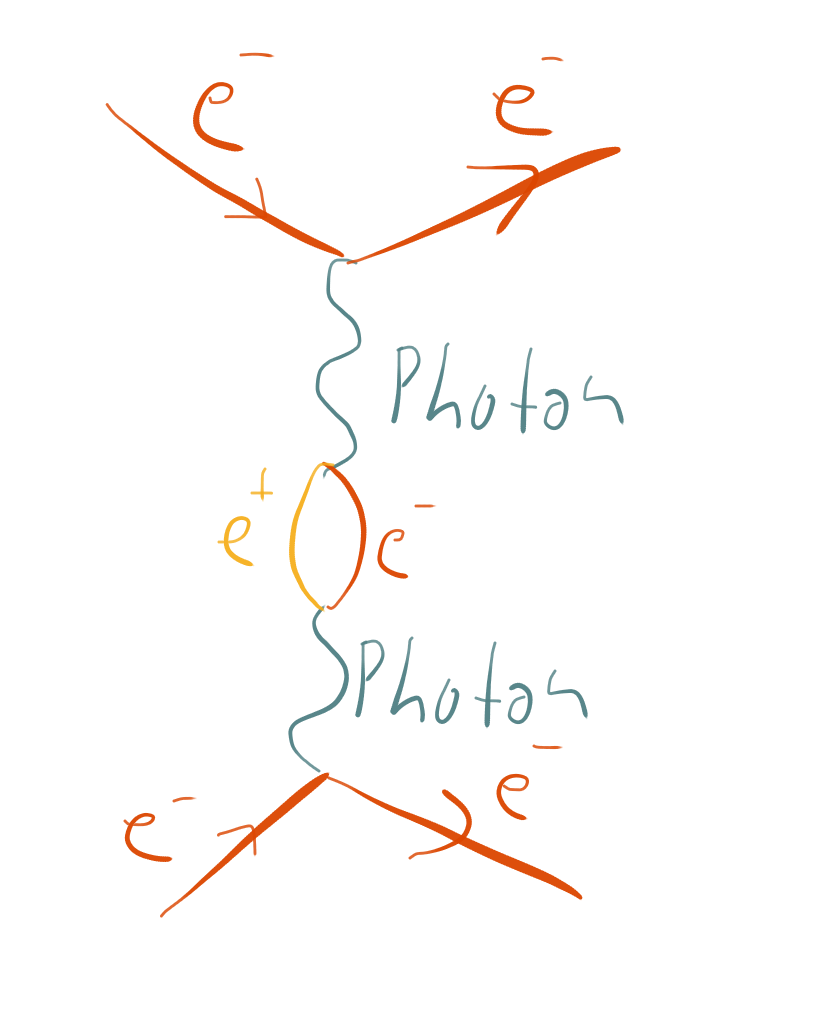
Frank Wilczek wrote that the calculations which won him the 2004 Nobel Prize in Physics "would have been literally unthinkable without Feynman diagrams, as would calculations that established a route to production and observation of the Higgs particle."įeynman used Ernst Stueckelberg's interpretation of the positron as if it were an electron moving backward in time. Feynman diagrams have revolutionized nearly every aspect of theoretical physics." While the diagrams are applied primarily to quantum field theory, they can also be used in other fields, such as solid-state theory. According to David Kaiser, "Since the middle of the 20th century, theoretical physicists have increasingly turned to this tool to help them undertake critical calculations. The interaction of subatomic particles can be complex and difficult to understand Feynman diagrams give a simple visualization of what would otherwise be an arcane and abstract formula. The scheme is named after American physicist Richard Feynman, who introduced the diagrams in 1948. In theoretical physics, a Feynman diagram is a pictorial representation of the mathematical expressions describing the behavior and interaction of subatomic particles. In this Feynman diagram, an electron ( e -) and a positron ( e +) annihilate, producing a photon ( γ, represented by the blue sine wave) that becomes a quark– antiquark pair (quark q, antiquark q̄), after which the antiquark radiates a gluon ( g, represented by the green helix). 6.5.7 Connected diagrams: linked-cluster theorem.6.5.2 Higher Gaussian moments - completing Wick's theorem.

5.2.2 Compton scattering and annihilation/generation of e − e + pairs.



 0 kommentar(er)
0 kommentar(er)
